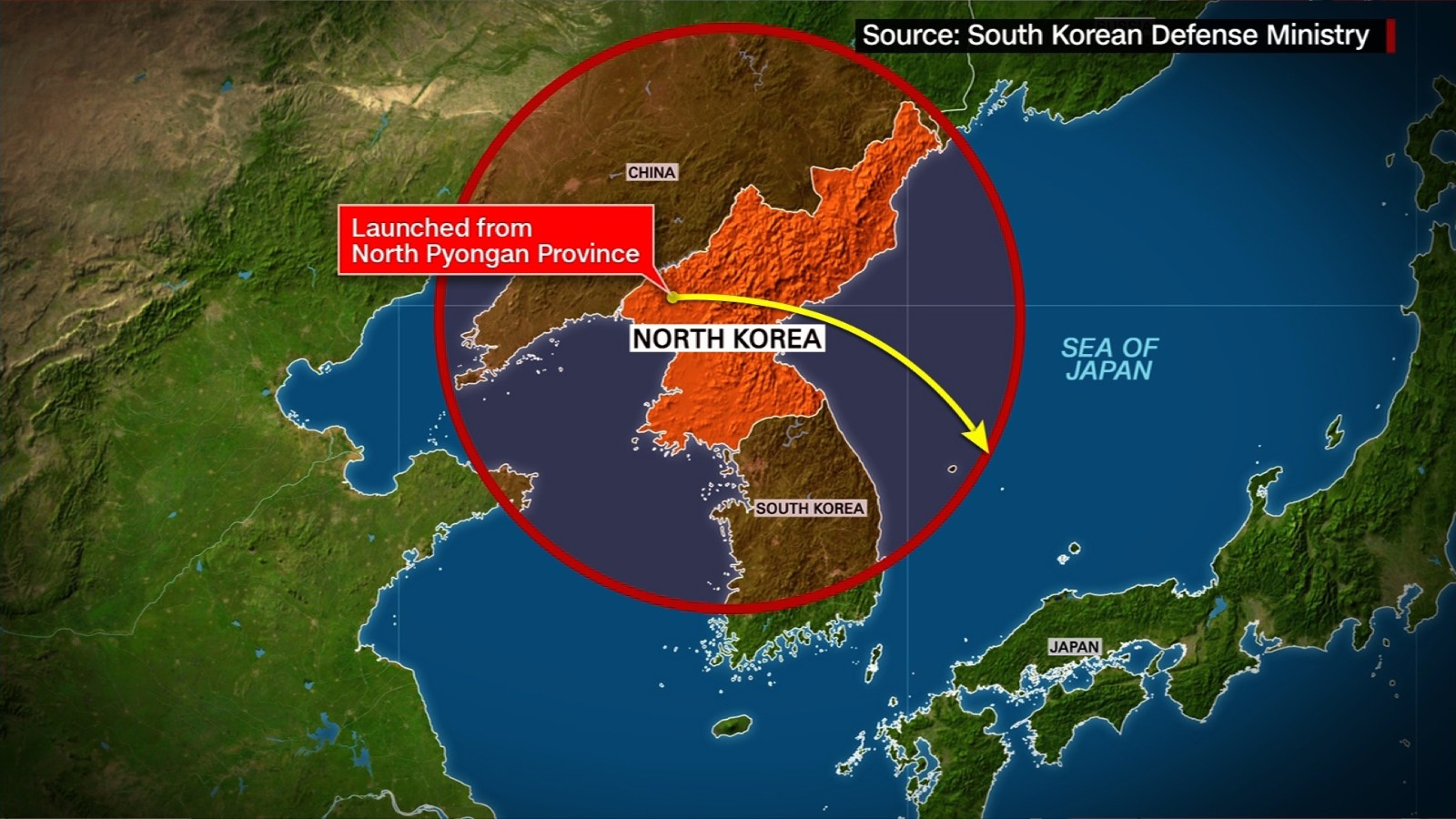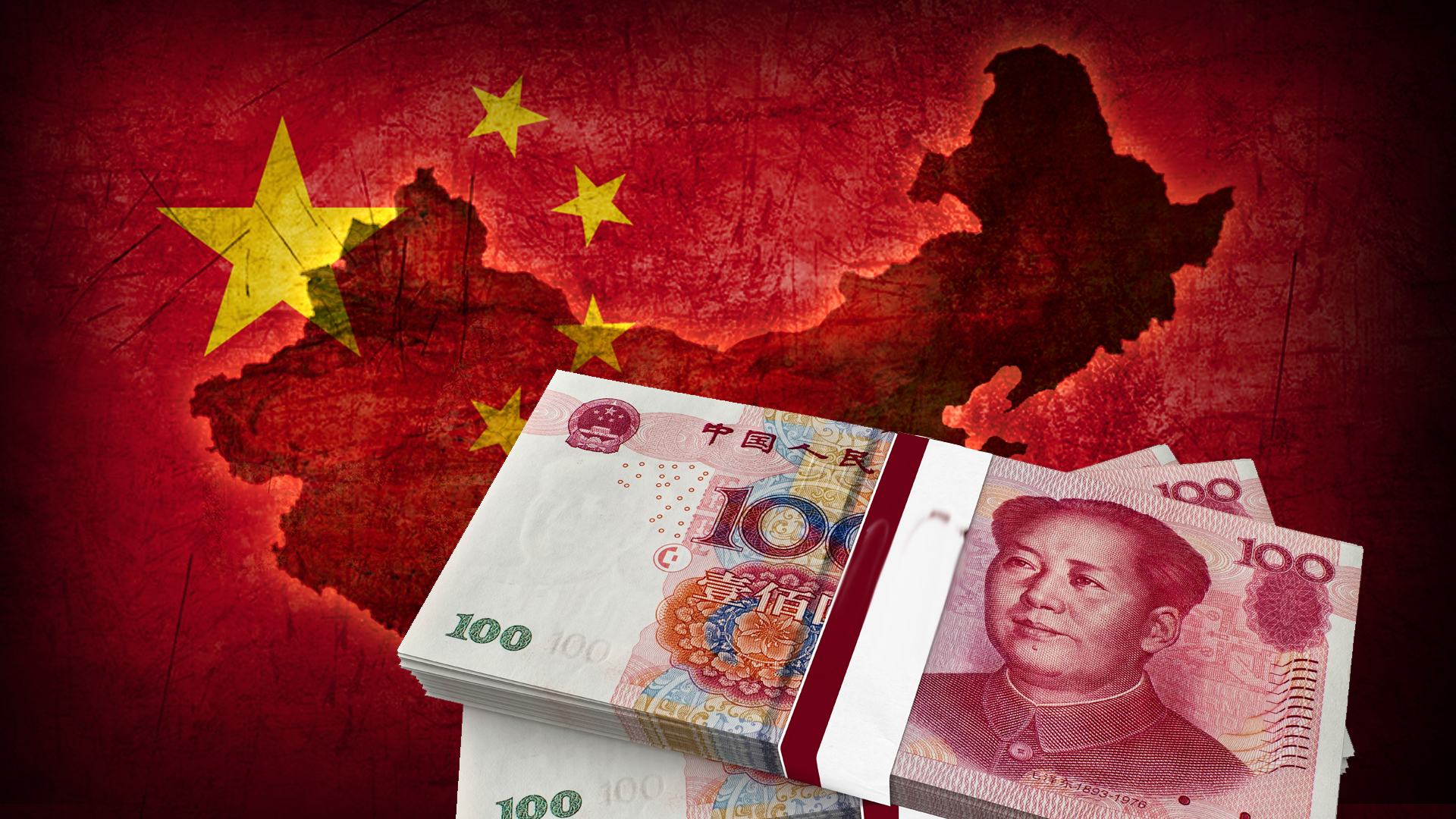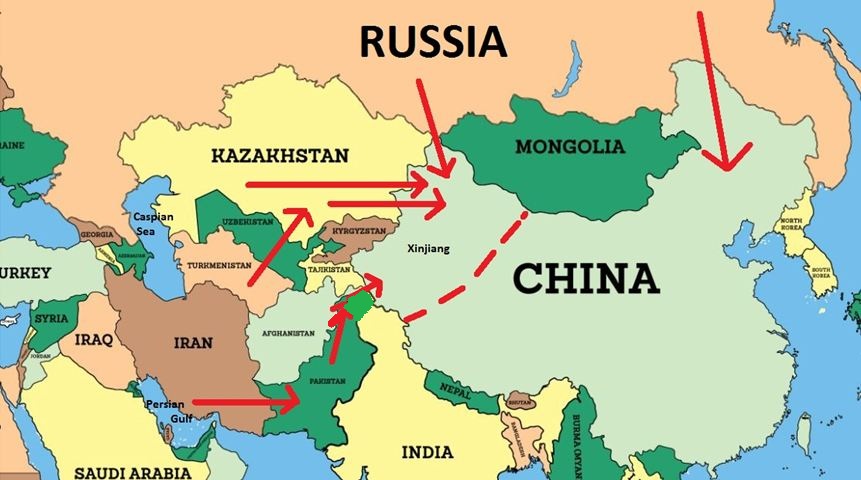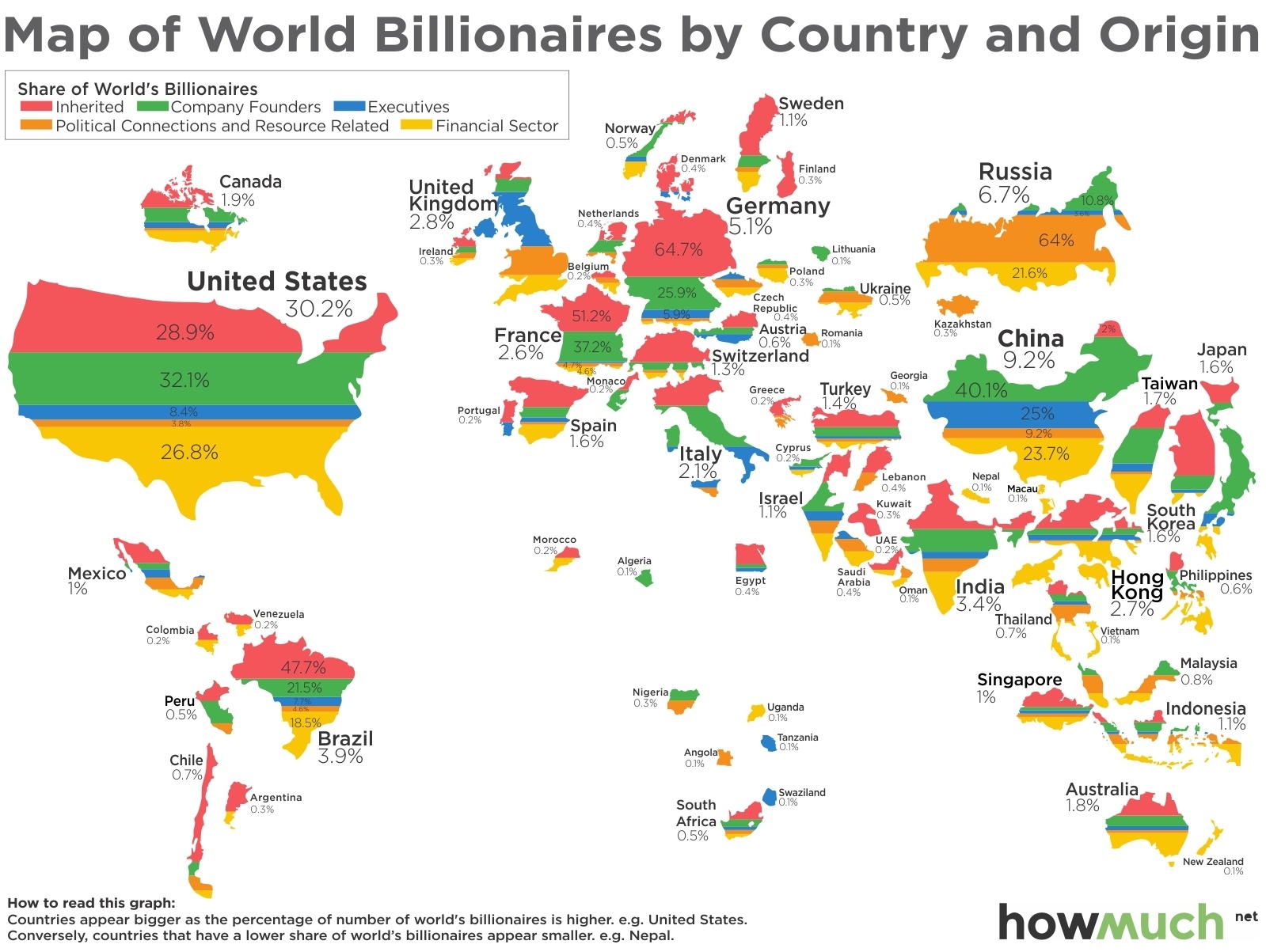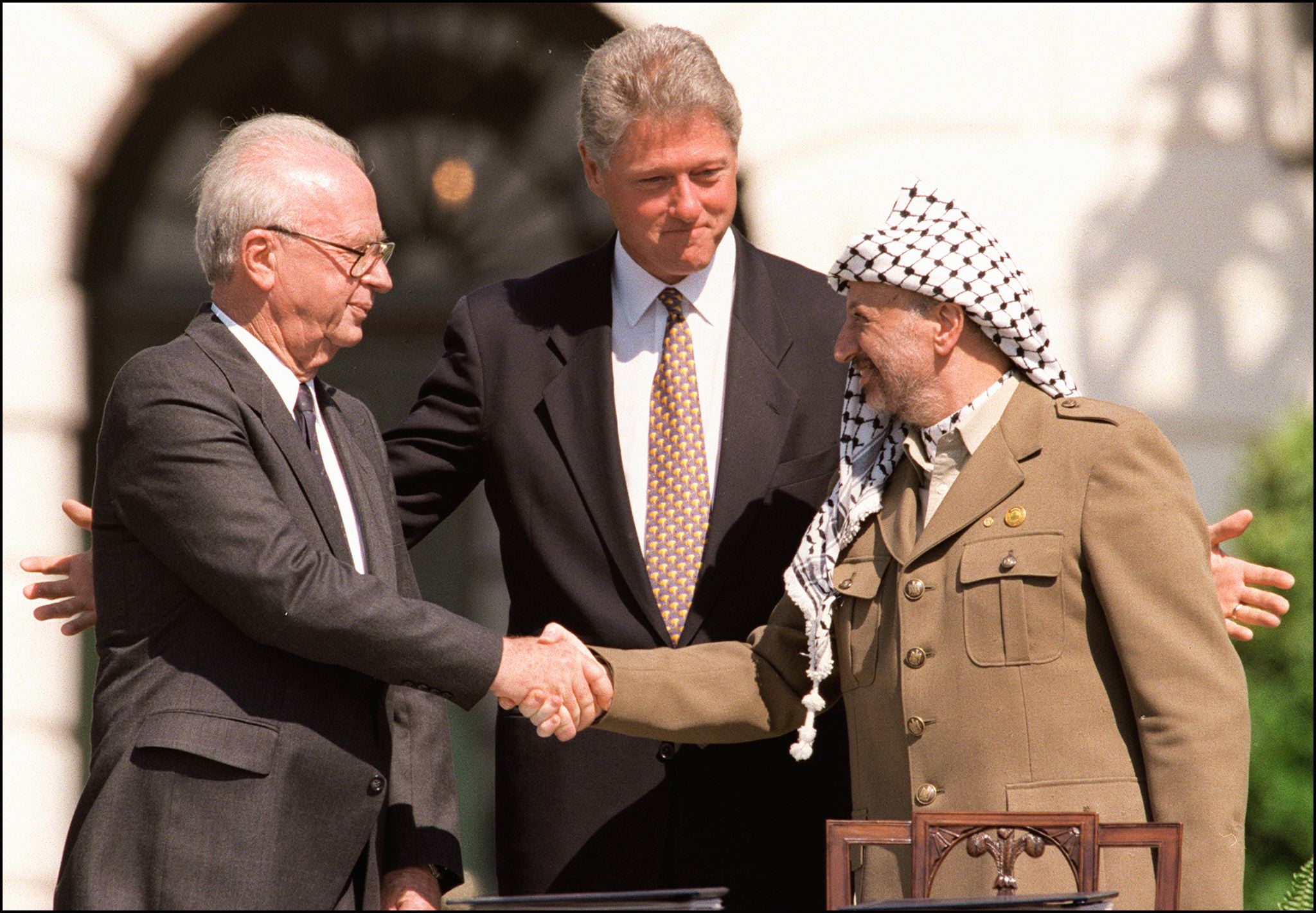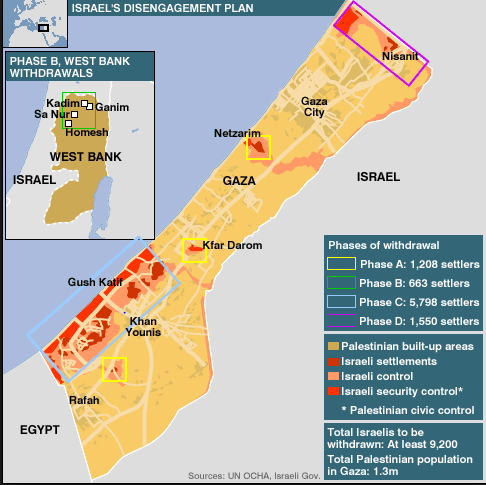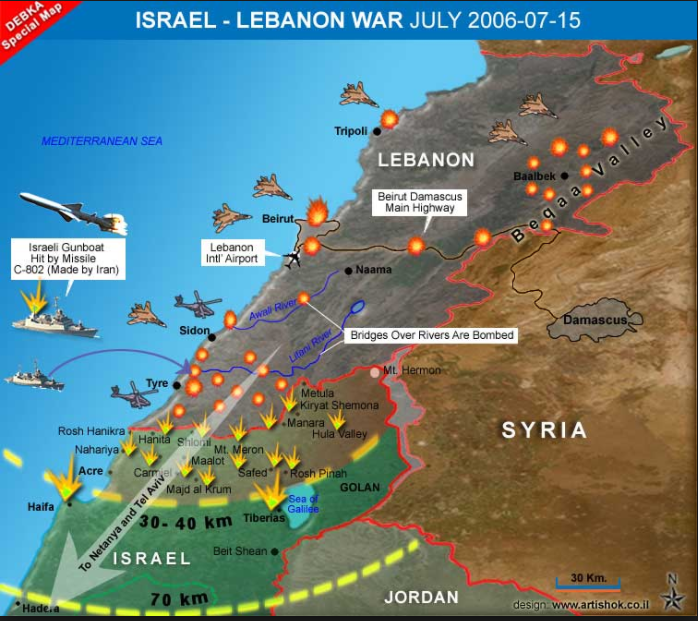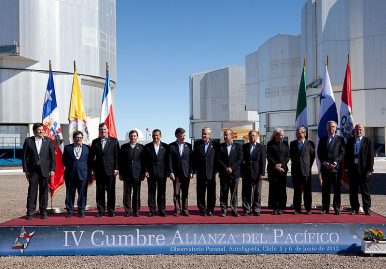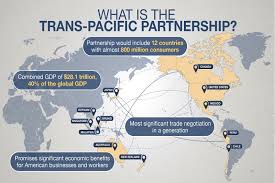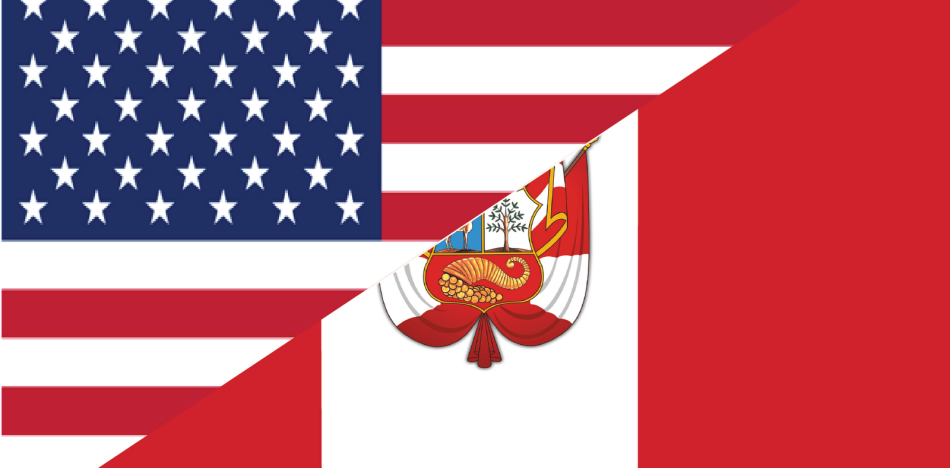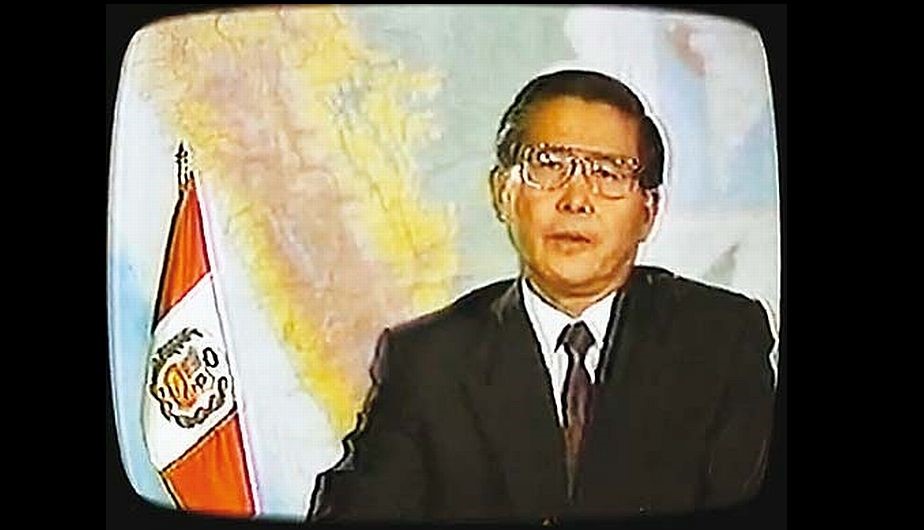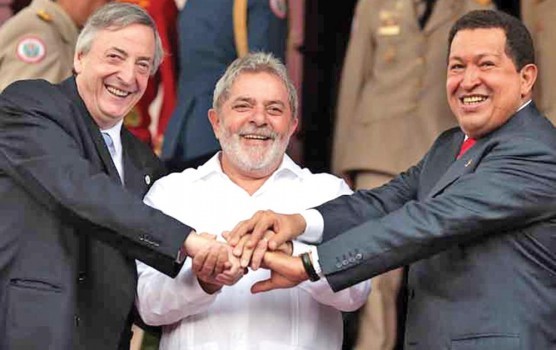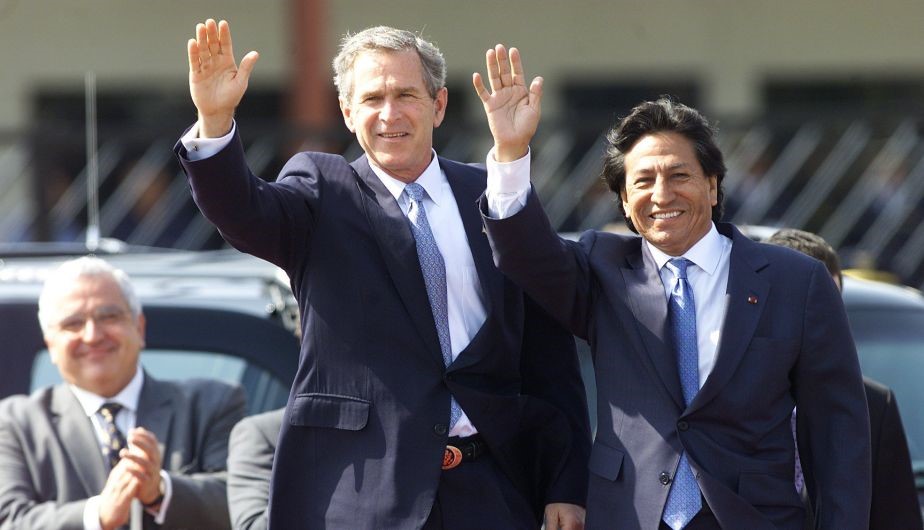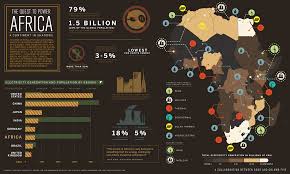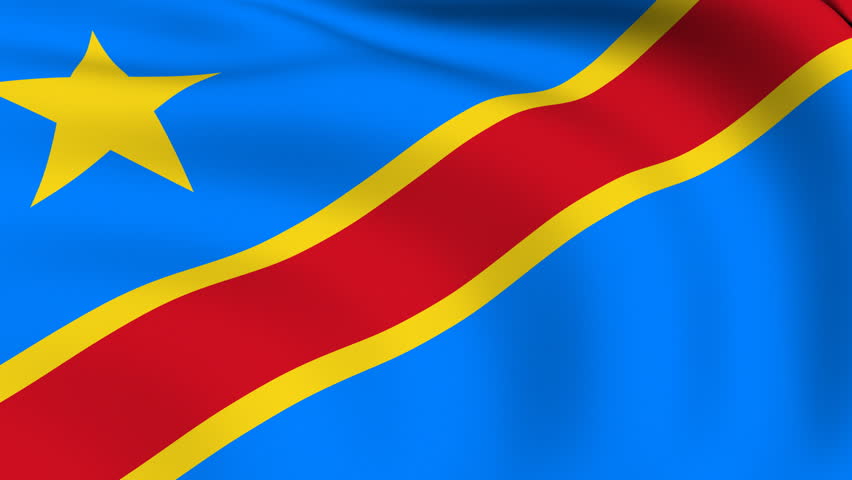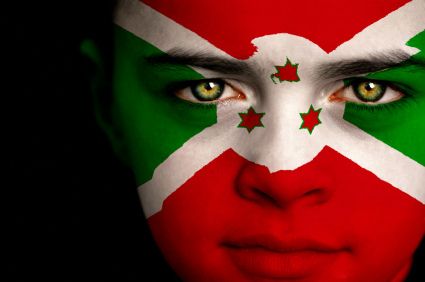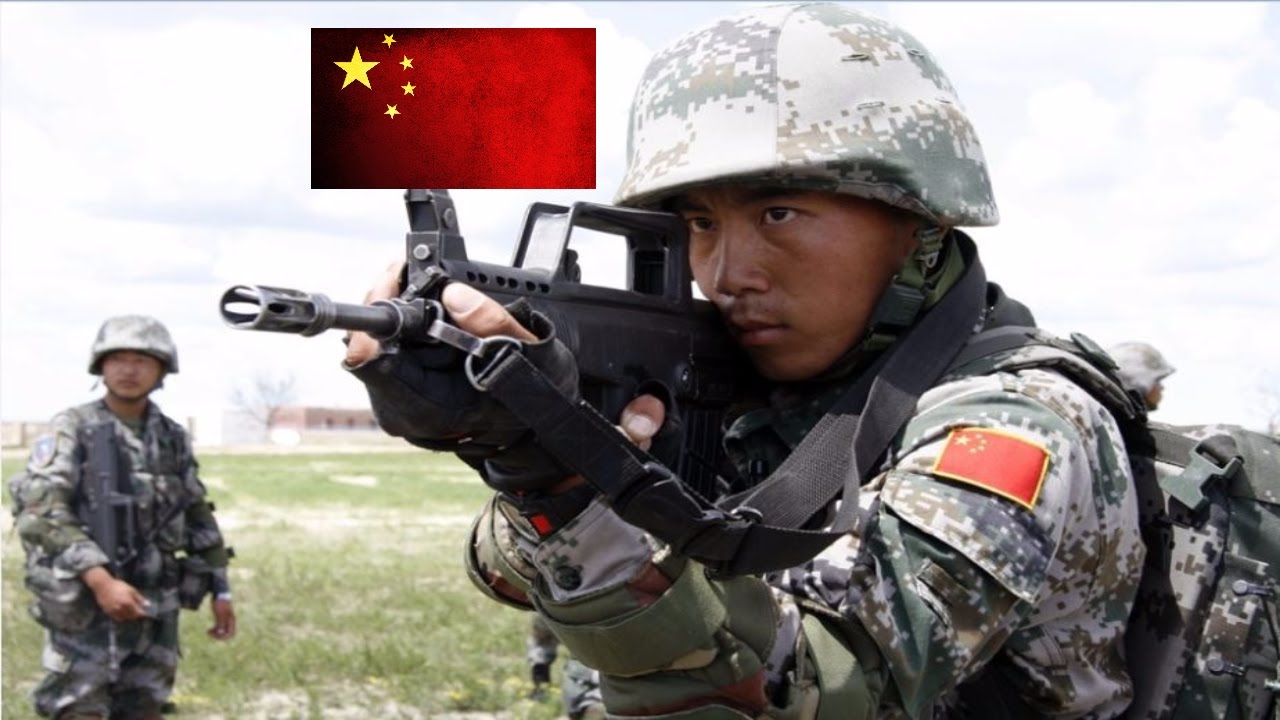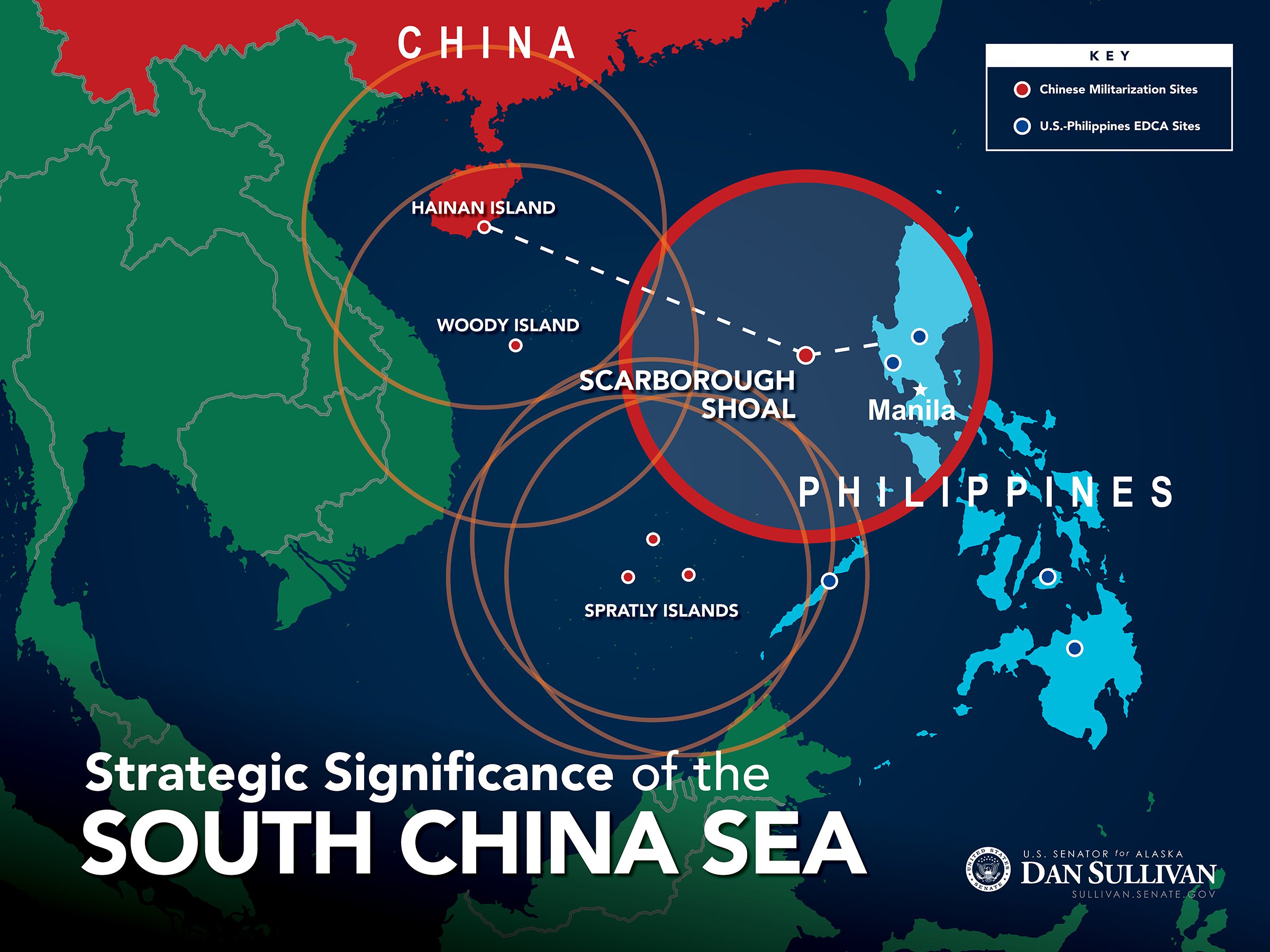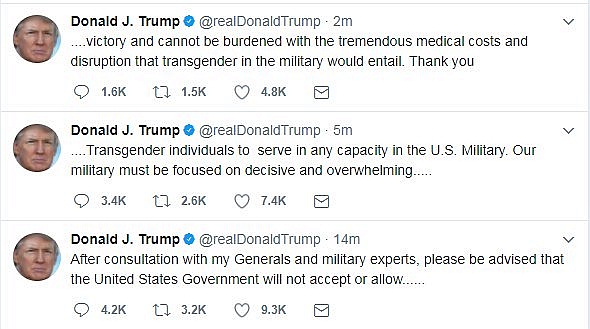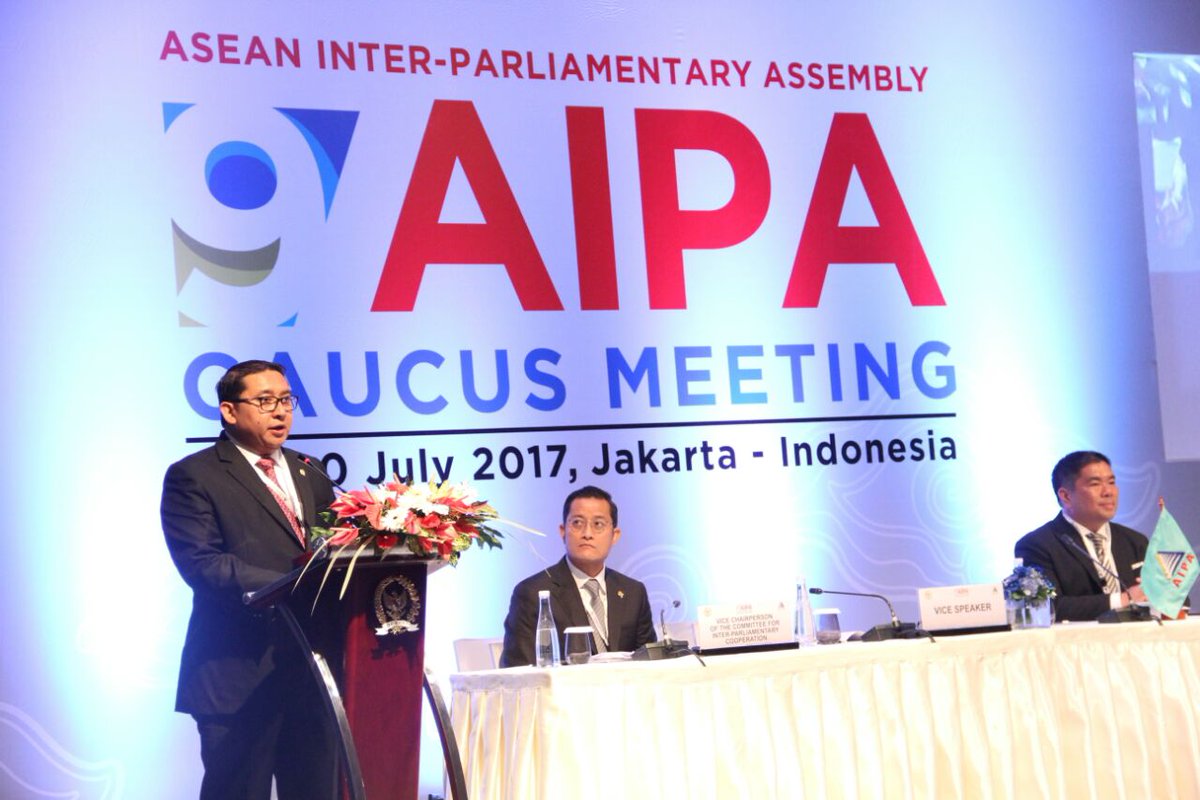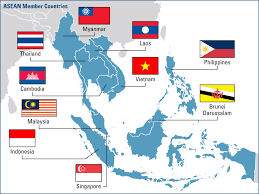While North Korea’s recent nuclear ICBM tests significantly raised the level of fear in the United States, they were not a surprise. North Korea, long a nuclear state, is a dangerous nuclear proliferator that has shirked international commitments.
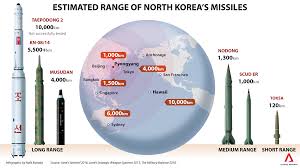
Estimated Range of North Korean Missiles. Source : Jane’s Sentinel
Iran also remains motivated in the nuclear realm despite the JCPOA
Pyongyang issues highly aggressive rhetoric toward the United States and its regional neighbors on a regular basis; it flaunts its nuclear capability and threatens to use it, and tends to share nonconventional know-how and technologies. And herein lies a link to Tehran: as Iran also remains motivated in the nuclear realm despite the JCPOA, the direct implications of North Korea’s activities for Iran’s nuclear program must be under constant scrutiny. The indirect implications for dealing with Iran’s nuclear motivation invoke the ability to rely on negotiations to stop a determined proliferator. The North Korean case of failed negotiations must be heeded when thinking about Iran.
ICBM that can reach the United States mainland
Twice over the past month (July 4 and July 28, 2017), North Korea tested the Hwasong-14 Intercontinental Ballistic Missile (ICBM). The tests were a dramatic demonstration of the latest stage in North Korea’s nuclear program, namely, the ability to fire an ICBM that can reach the United States mainland. Yet while these tests significantly raised the level of fear in the US, they were not a surprise. And although some view the latest missile test as a wake-up call regarding North Korean capabilities, North Korea has long been a nuclear state, and those following the situation knew that it was steadily progressing toward its goal of being able to target the US with a nuclear-tipped ICBM. While initially viewed as successful, the latest test may have met problems – according to some reports, the warhead “shattered into pieces” on its re-entry from atmosphere to earth, and it could take North Korea some six months to overcome the problem. If these reports are correct, North Korea might not yet be able to reach California with a nuclear ICBM, but this is only a matter of time.
Accusing Russia and China of having enabled the missile launch to offers of negotiations if North Korea agrees to dismantle its nuclear capability.
In response to the July 28 test, the US flew two B-1B bombers over South Korea, alongside South Korean and Japanese fighters. But beyond this show of strength, the US has not demonstrated a direction for dealing with the threat from Pyongyang. Statements issued by Secretary of State Tillerson have run the gamut from calls for global action – while accusing Russia and China of having enabled the missile launch to offers of negotiations if North Korea agrees to dismantle its nuclear capability. Tillerson also clarified that the US does not seek regime change. Despite some threats of preemptive action against North Korea, the Trump administration is likely not preparing to attack; more likely, it is trying to bolster its deterrence against a North Korean attack. Trump is also trying to deter North Korea from progressing further with its program, and while the administration has not stopped North Korea in the missile realm, it may have had some limited success in deterring North Korea from carrying out another nuclear test, for which North Korea seemed to be preparing several months ago. But deterrence successes are hard to prove and the decision to refrain from a sixth nuclear test could have been for other reasons.
While there are no ready answers to the growing nuclear threat from North Korea, it would be a mistake to view the recent missile tests as a reaction to the Trump administration’s tougher approach. North Korea has been moving forward in the nuclear realm for decades. In fact, major advances were made during the Obama administration, when for eight years the US followed a policy of “strategic patience.” During these years North Korea conducted four nuclear tests, two of which occurred in close proximity in 2016 (January and September), signaling a stepped-up pace of nuclear development. North Korea was also deeply engaged in ballistic missile testing during those years.
As for diplomacy, there are virtually no current ideas among analysts and pundits, or the US administration, that have not already been attempted and proven unsuccessful. On the basis of 25 years of diplomatic attempts, there is little to no chance of negotiating a deal whereby North Korea will roll back its program or denuclearize. Neither carrots nor sticks have had a lasting impact, and if North Korea did not agree to rollback its nuclear capability in the earlier stages, there is little reason to believe it would agree now, when it finally reached its goal, and after paying a very hefty price in sanctions and isolation. In recent days the UN Security Council slapped additional harsh sanctions on North Korea, but based on patterns that have played out over the past 15 years, this is unlikely to alter the situation.
China often features prominently in debates over how to confront North Korea, with many referring to it as the “magic key”: if only China were convinced to cut off North Korea’s economic lifeline, this proliferator would be squeezed to the degree that it had no choice but to give up its nuclear capabilities. Yet while China is indeed North Korea’s economic lifeline, China has no intention of cutting off that lifeline, as this could lead to an implosion of North Korea — in turn leading to a massive influx of refugees into China, and possibly American troops stationed on China’s border. President Trump has tweeted his displeasure with China, and has tried to convince it to do more to rein in North Korea. China’s answer is that the criticism is unwarranted, and that it is trying to help international efforts to denuclearize the Korean peninsula.
Some pundits have suggested that the US must offer China more for taking the extreme step of cutting off North Korea, such as backing away from the THAAD missile defense system deployed in South Korea. China strongly opposes THAAD, which it believes undermines its own nuclear deterrence, since the system’s radar covers part of China. But a US reversal would be viewed negatively by South Korea, in light of the increasingly dangerous direct threat from North Korea. Recently, the new leader of South Korea, who initially had second thoughts about the missile defense system, signaled that he now supports it.
Indeed, for the US to back away from THAAD would now be perceived as backing away from America’s long term commitment to South Korea’s security. The main concern in both South Korea and Japan following the ICBM tests is that the US commitment to their security has been weakened now that North Korea can threaten the US mainland. If the price for protecting these states from attack could be a nuclear strike on Los Angeles, the fear is that the US might be deterred from taking action against North Korea. In a telephone conversation with Japan’s Prime Minister Abe, Trump reaffirmed America’s unwavering commitment to its security, but it remains to be seen whether this will be enough for Japan. Abe is also demanding that Russia and China increase pressure on North Korea.
A question often raised of late with regard to North Korea is why the Kim Jong-Un regime is so bent on having nuclear weapons. We can try to appraise North Korea’s motivation for going nuclear – most likely a mix of regime survival and prestige factors – but understanding this state’s motivation should not be confused with legitimizing its pursuit of nuclear weapons. North Korea is a dangerous nuclear proliferator that shirked its commitment according to the NPT (which it exited in 2003) and broke deals with international negotiators. North Korea issues highly aggressive rhetoric toward the United States and its regional neighbors on a regular basis; it flaunts its nuclear capability and threatens to use it, and tends to share nonconventional know-how and technologies. And herein lies a link to Tehran: as Iran also remains motivated in the nuclear realm despite the JCPOA, the direct implications of North Korea’s activities for Iran’s nuclear program must be under constant scrutiny.
The indirect implications for dealing with Iran’s nuclear motivation invoke the ability to rely on negotiations to stop a determined proliferator. The North Korean case of failed negotiations must be heeded when thinking about Iran. There are many differences between these two proliferators, but they share determination and ongoing motivation to achieve nuclear status. Strong international actors cannot afford to be complacent about a negotiated deal – the JCPOA – when it does not reflect a strategic reversal on the part of the proliferator. If this deal has achieved a delay, the challenge is to use this time to reverse negative trends and prepare better for the future, but not to rest on laurels while celebrating a deal that has not stopped Iran in the nuclear realm, and could render that goal even more elusive in eight to nine years.
This article was written by the excellent Emily B. Landau
and previously published on this link : INSS Insight No. 962, August 7, 2017
Learn More about the INSS here : http://www.inss.org.il/

